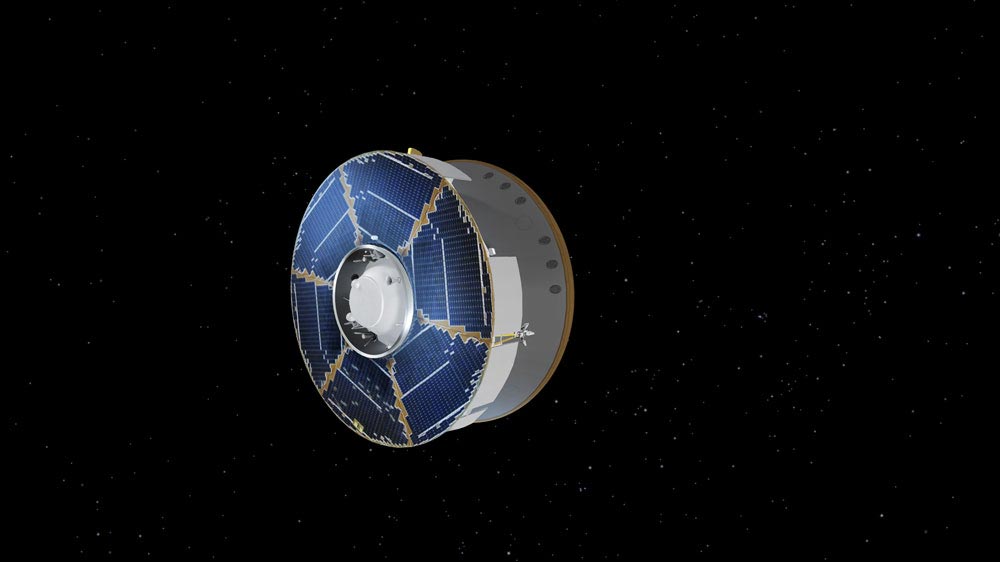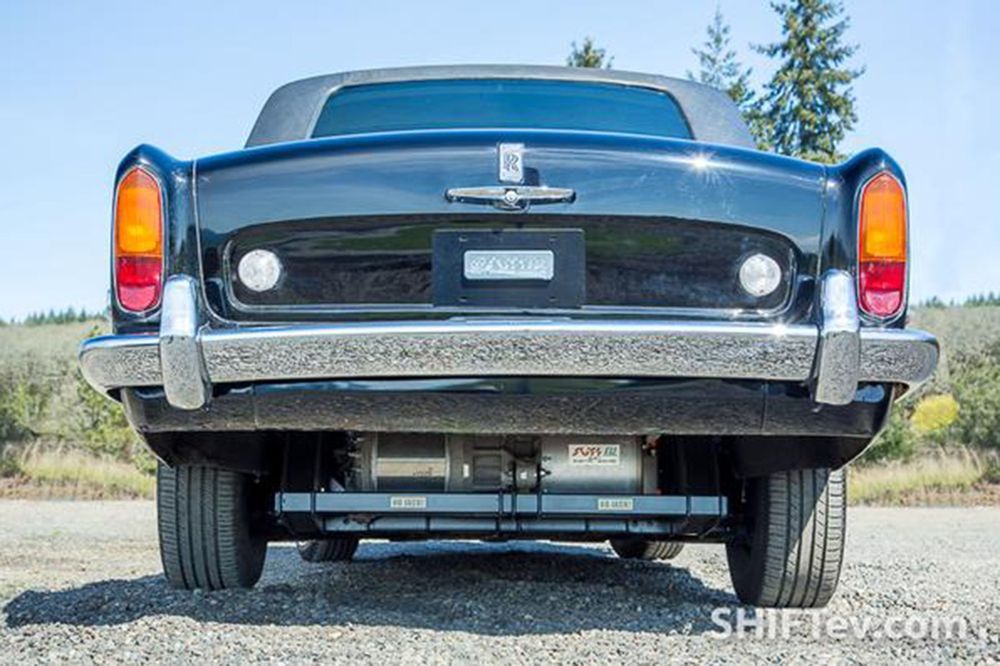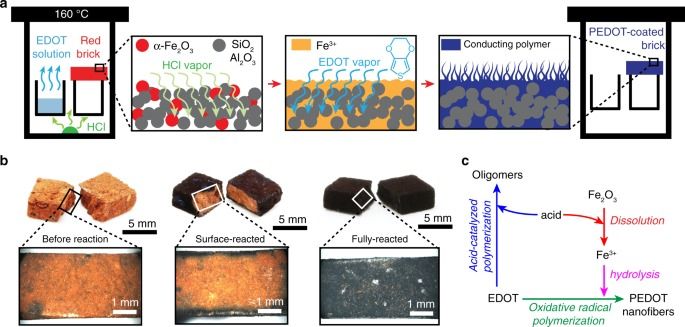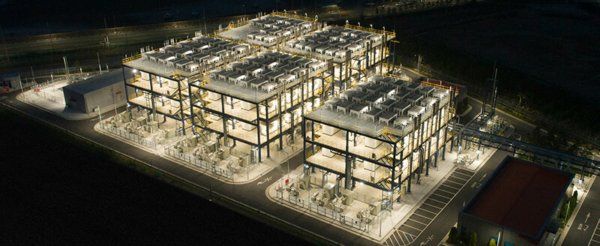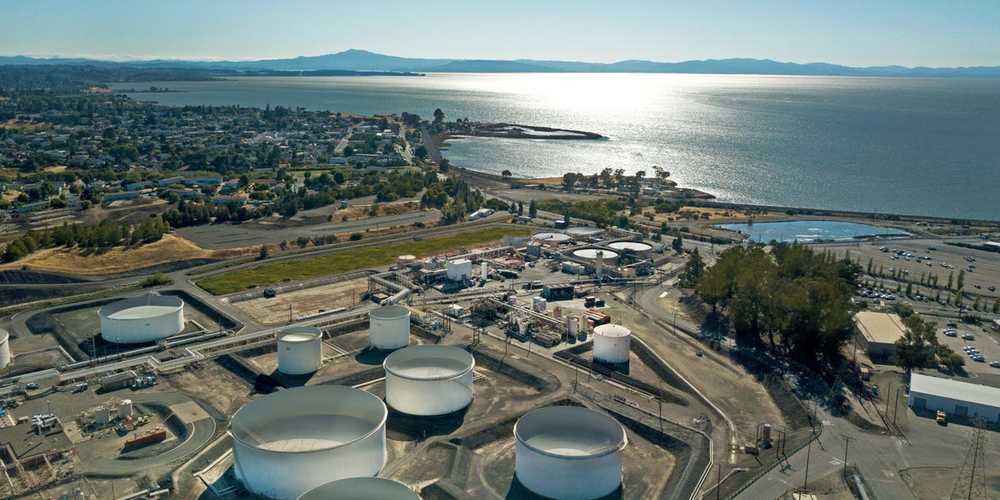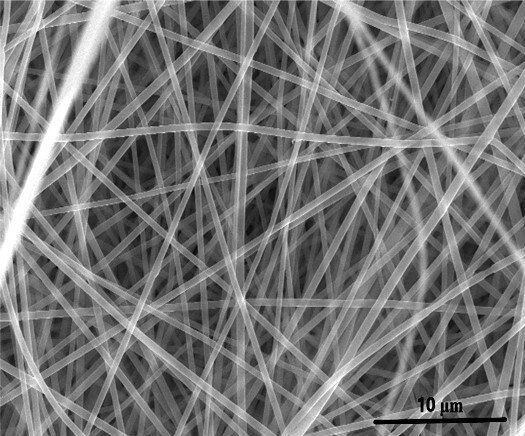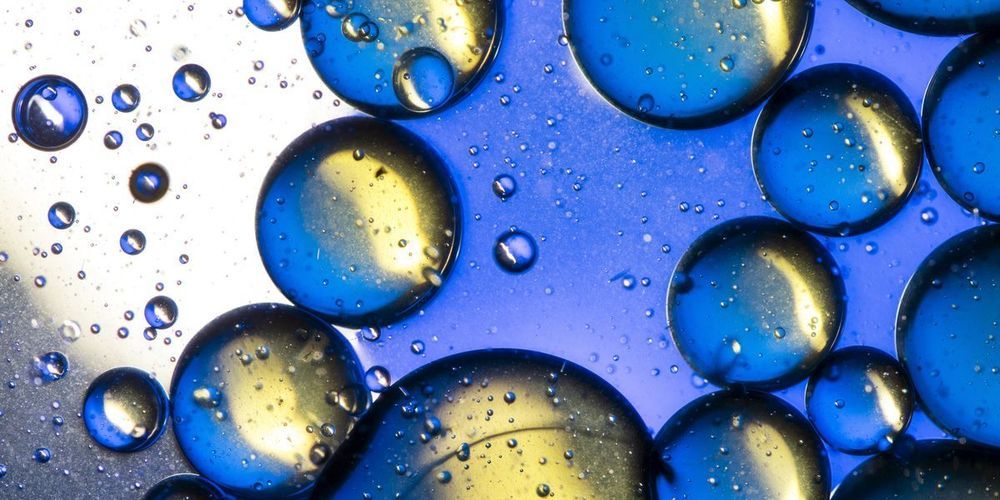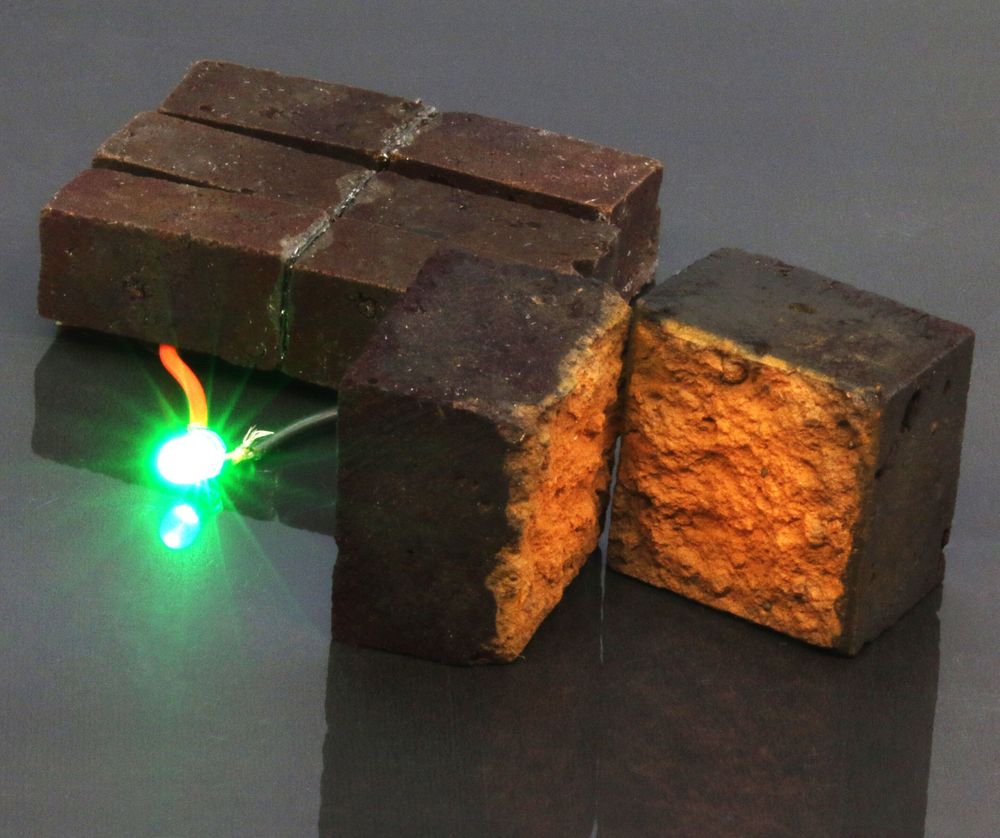Headed to the Red Planet with the Perseverance rover, the pioneering helicopter is powered up for the first time in interplanetary space as part of a systems check.
NASAs Ingenuity Mars Helicopter received a checkout and recharge of its power system on Friday, August 7, one week into its near seven-month journey to Mars with the Perseverance rover. This marks the first time the helicopter has been powered up and its batteries have been charged in the space environment.
During the eight-hour operation, the performance of the rotorcraft’s six lithium-ion batteries was analyzed as the team brought their charge level up to 35%. The project has determined a low charge state is optimal for battery health during the cruise to Mars.
